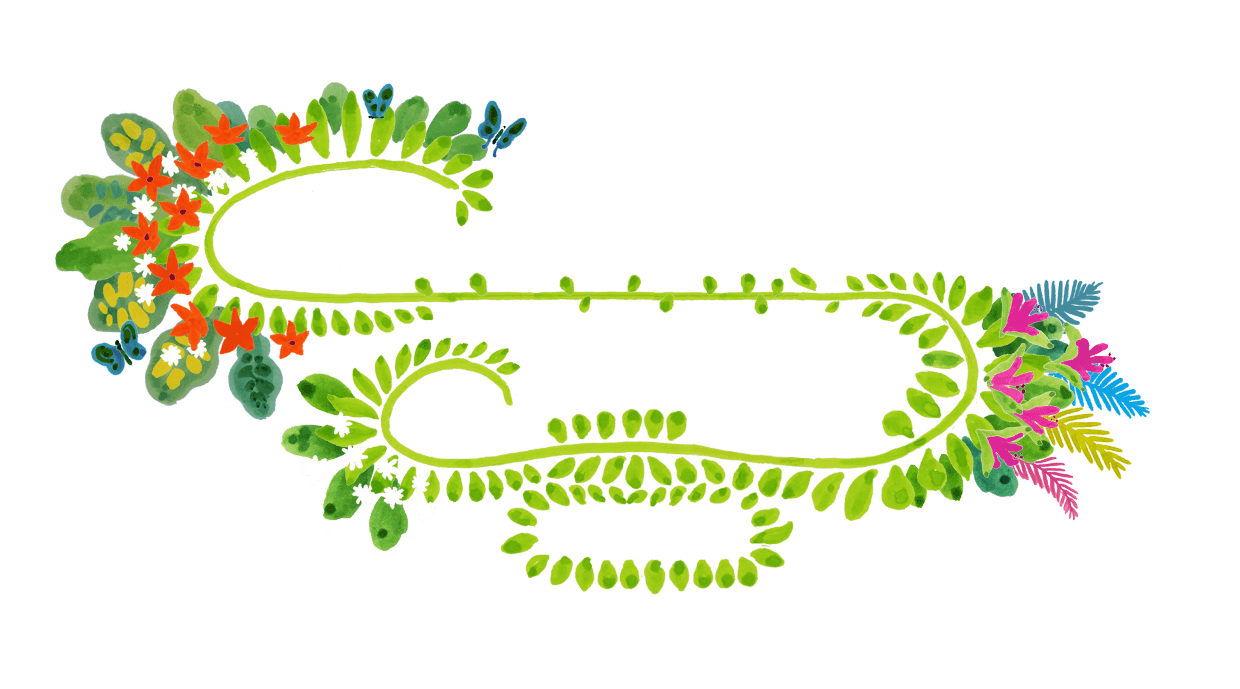
Insight
What is forest transpiration?
Words by: James Godfrey-Faussett
— Lead Forest Maker at SUGi
It's estimated if we restore just 4% of the 60% of green vegetation we have destroyed over the last 5000 years, temperatures could drop back to a safer, more acceptable level.
This would be via our planet's cooling hydrological cycles: primarily transpiration rather than just Co2 capture and sequestration.
Forests (and green leaved plants) transpire and release vapour into the atmosphere that has a misting, cooling effect. The trees of our forests take heat from the soil to turn water into the vapour and the soil temperature is regulated this way.

Forests create cloud clover and subsequent rainfall. The transpiration, bacteria and terpenes released into the atmosphere seed the clouds and allow atmospheric moisture to condense forming clouds and finally rain.
Via dense shading the ambient temperature and soil temperature is greatly reduced, crucial for biodiversity formation, soil based life and sustainability of healthy ecosystems.
Healthy forests form a soil based carbon sponge that holds moisture allowing trees and plants to function properly while soil based biology flourishes and fungal networks expand and interact.
"Native forests of native trees" are a solution - as Dr Akira Miyawaki based his life's work to promote.





